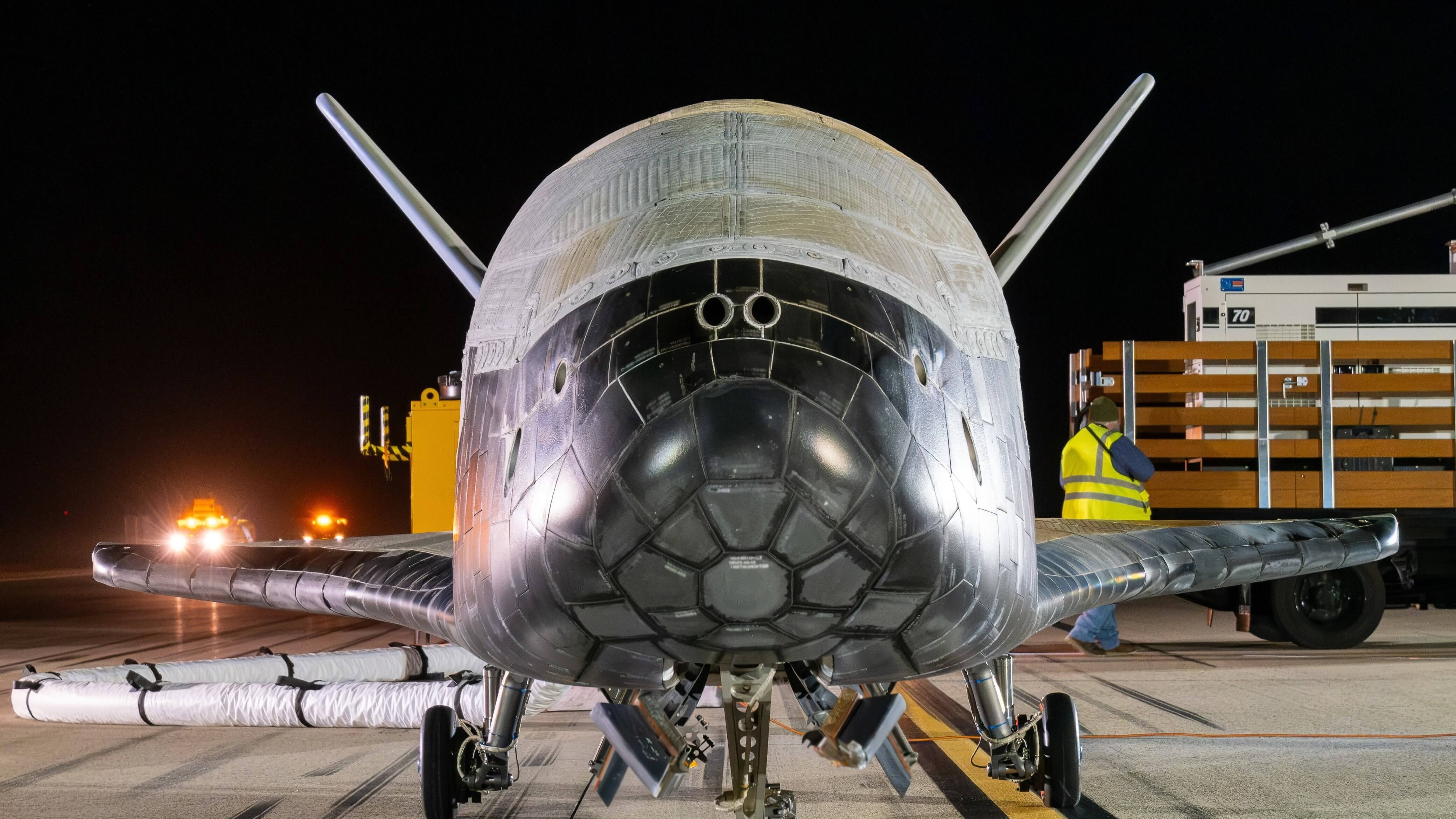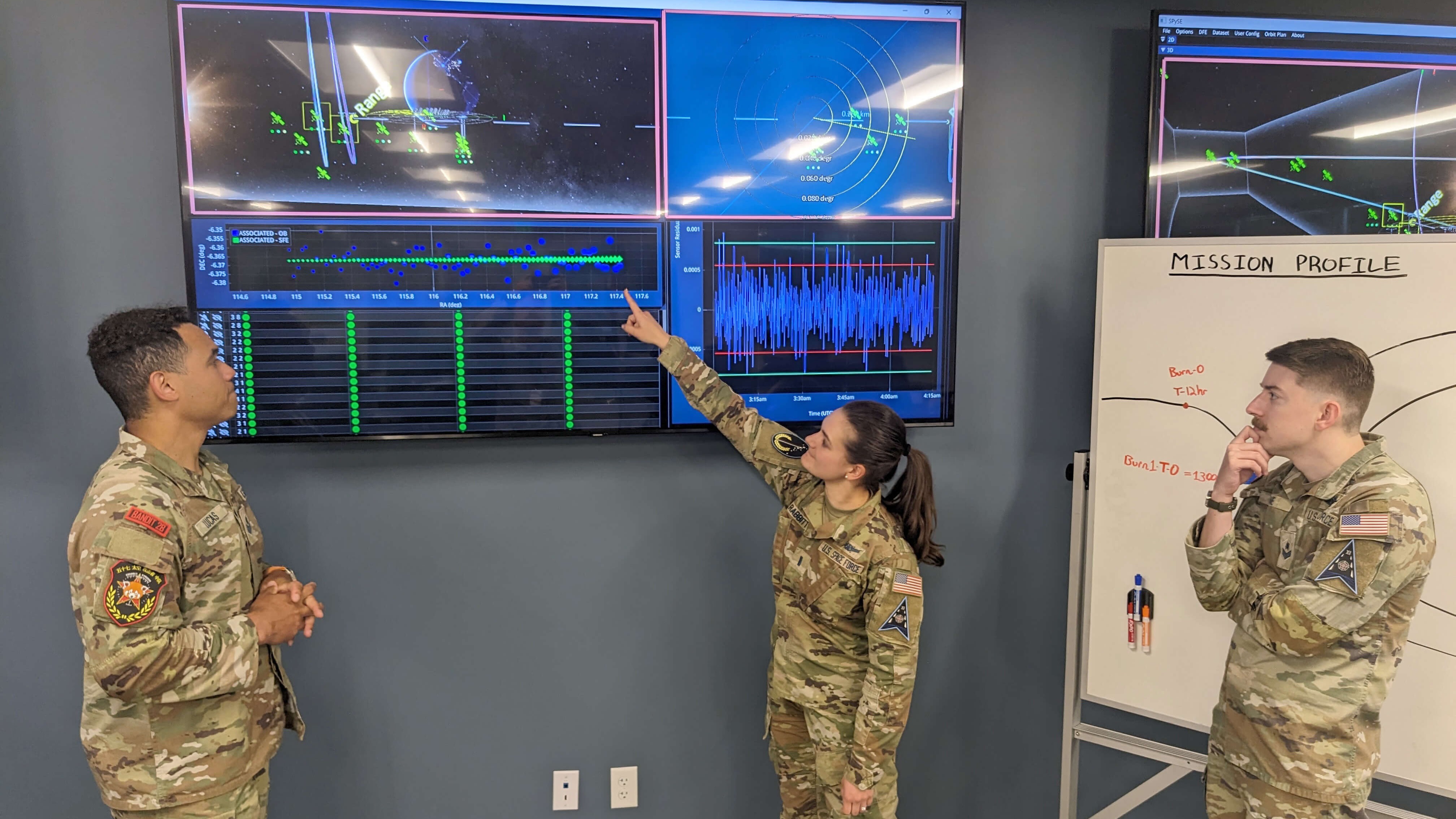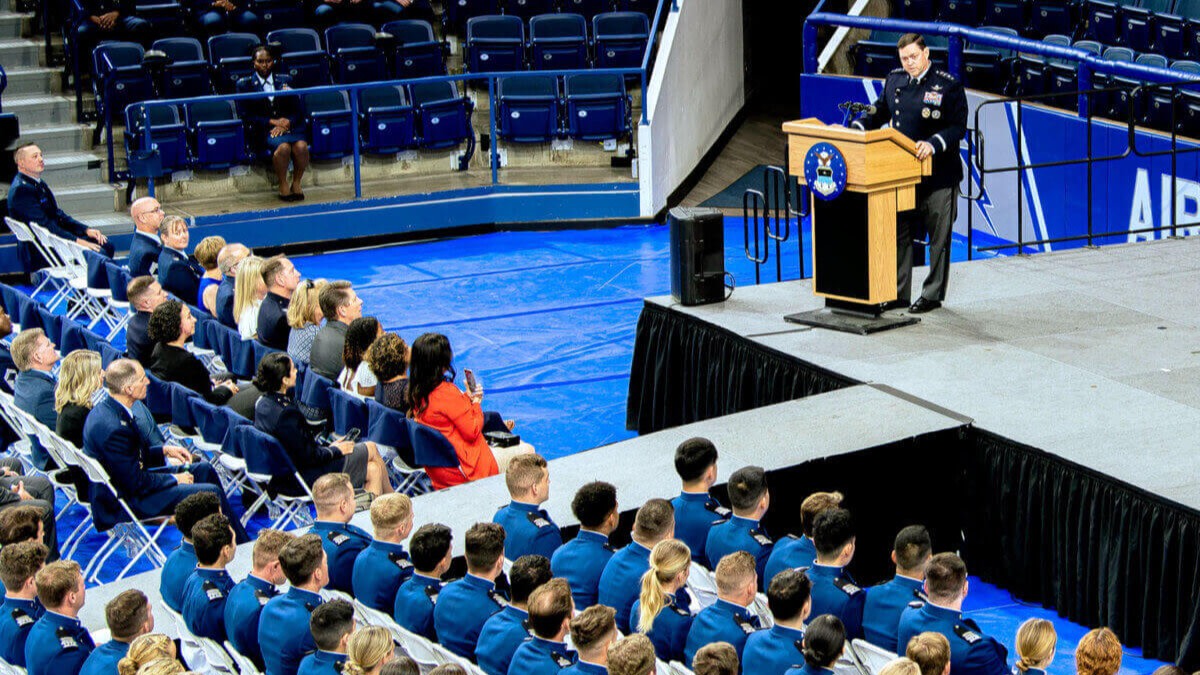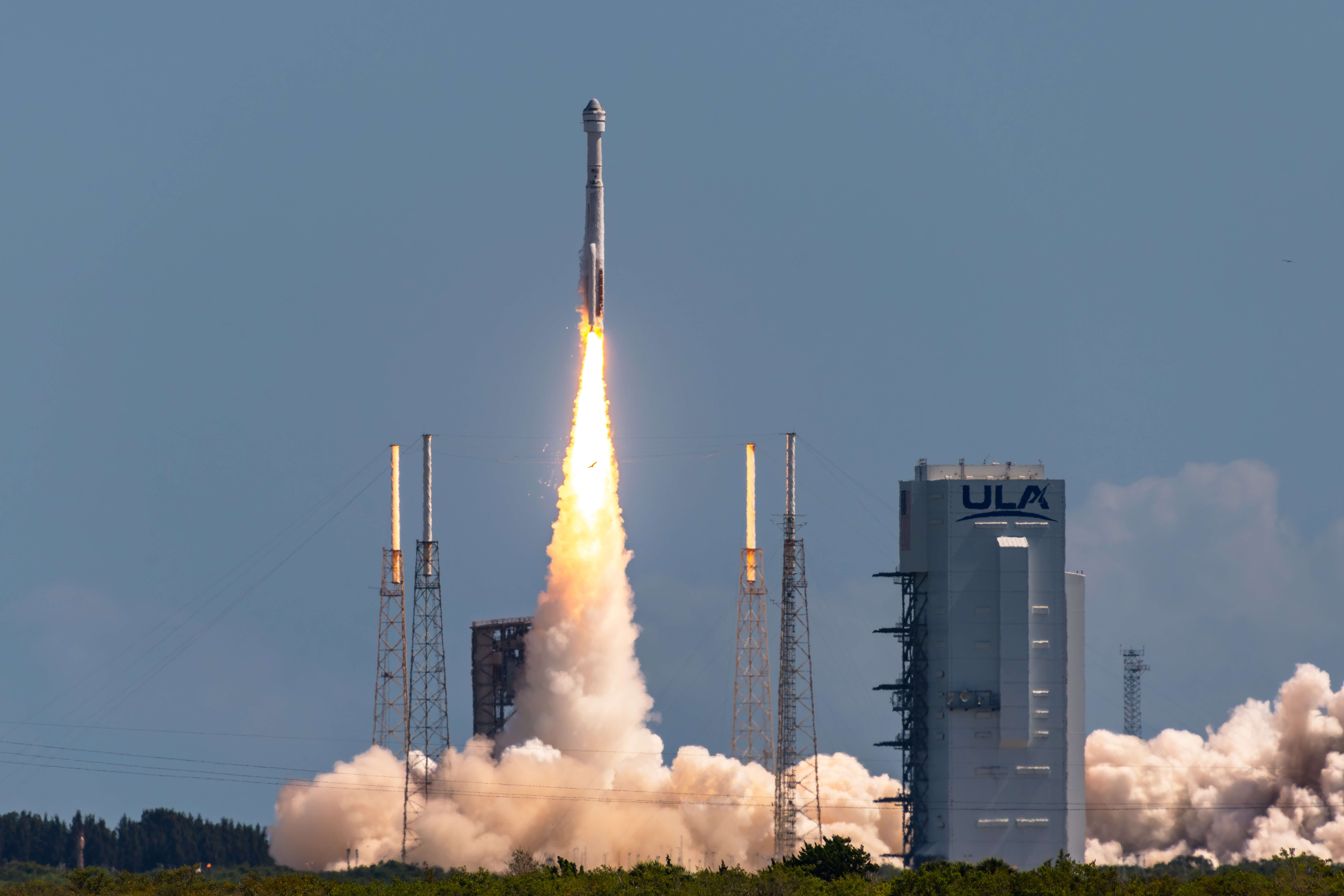
0 min read

Airman 1st Class Aaron Edwards
Space Base Delta 1 Public Affairs

Space Force delivers critical data during disasters
SCHRIEVER SPACE FORCE BASE, Colo. -- Through the Global Positioning System and weather data, the U.S. Space Force 2nd and 6th Space Operations Squadrons provide critical and life-saving information to people and agencies all over the world from Schriever Space Force Base, Colorado, and 2nd SOPS’ 17 other geographically-separated units.
GPS is provided to the public courtesy of 2nd SOPS, USSF, and American taxpayers, benefiting the lives of billions daily.
Commonplace services like TV, internet and phone connectivity, modern day air, ground and ship navigation, global banking, stock exchanges, and ATM transactions would not be possible without the GPS signal and timing 2nd SOPS provides. Even emergency responders such as police, fire fighters and emergency medical technicians rely on 2nd SOPS’ signal to safely and effectively navigate to their designated locations, especially in times of natural disaster when street signs and landmarks may not be visible or present.
“Our job is to provide precision navigation and timing to the world’s GPS users,” said U.S. Space Force Lt. Col. Robert Wray, 2nd SOPS commander. “We don’t route [GPS signal] out to anyone in particular; anyone in the whole world can receive the GPS signal.”
Currently, 2nd SOPS has 31 active GPS satellites orbiting the Earth at around 14,000 kph. They use radio waves to constantly monitor and track the exact position of these satellites and the exact time they are in that position. Radio wave signals are not delivered to its recipients instantaneously; the time it takes to receive a signal is dependent on the distance the signal must travel to get to its recipient, a ratio of around 300,000 kilometers a second.
Since 2nd SOPS knows the exact location of all their satellites at any given point in time, they can determine the exact global position of a device based on the differing amounts of time that device takes to receive signals from each of the satellites in view. For someone to have proper GPS connectivity, their device needs to have at least four of the 31 GPS satellites in view.
If requested through the Combined Space Operations Center, 2nd SOPS can provide increased GPS support over specific locations during and after natural disasters like hurricanes, earthquakes, tornados and wildfires for limited amounts of time.
“If the U.S. government says, ‘we are going to help this country,’ we would be requested to provide enhanced support,” said Wray. “We would increase the power of the GPS signal over that area, so that way it could cut through interference.”
This increased support can make it easier for the GPS signal to get into areas crowded by debris or interference, helping first responders and volunteers find and maintain their geographical bearing. Geographical bearing can shorten the time taken to find buried or unrecognizable buildings and locations; this can further help first responders and volunteers find and provide first aid and resources to victims of natural disasters faster.
More on the front end of massive weather events and natural disasters, the 6th SOPS flawlessly captures and delivers the world’s timeliest environmental intelligence data, enabling weather and news agencies around the world to provide the public with important weather updates and warnings.
“We can provide information or data related to hurricanes, typhoons, volcanoes, tidal waves and the general weather,” said U.S. Air Force 2nd Lt. Beverly Jacobs, 6th SOPS officer in charge of evaluations. “In those emergency type situations, we can provide the data that enables them to evacuate soon and get everyone safe.”
6th SOPS is proficient in operating three Defense Meteorological Satellite Program sun-synchronous, low-earth polar-orbiting satellites capable of total earth coverage in just 12 hours. 6th SOPS routes data collected from the DMSP satellites to the 557th Weather Wing, located at Offutt Air Force Base, Nebraska, who then disseminates the data to clients like the National Oceanic and Atmospheric Administration and the National Weather Service, making relevant and important weather info available to the public.
Every day, people around the world utilize and rely on the critical and lifesaving data and signals provided by the USSF, “weather” they realize it or not.
Share Article
Article Tags
Targeting Analyst
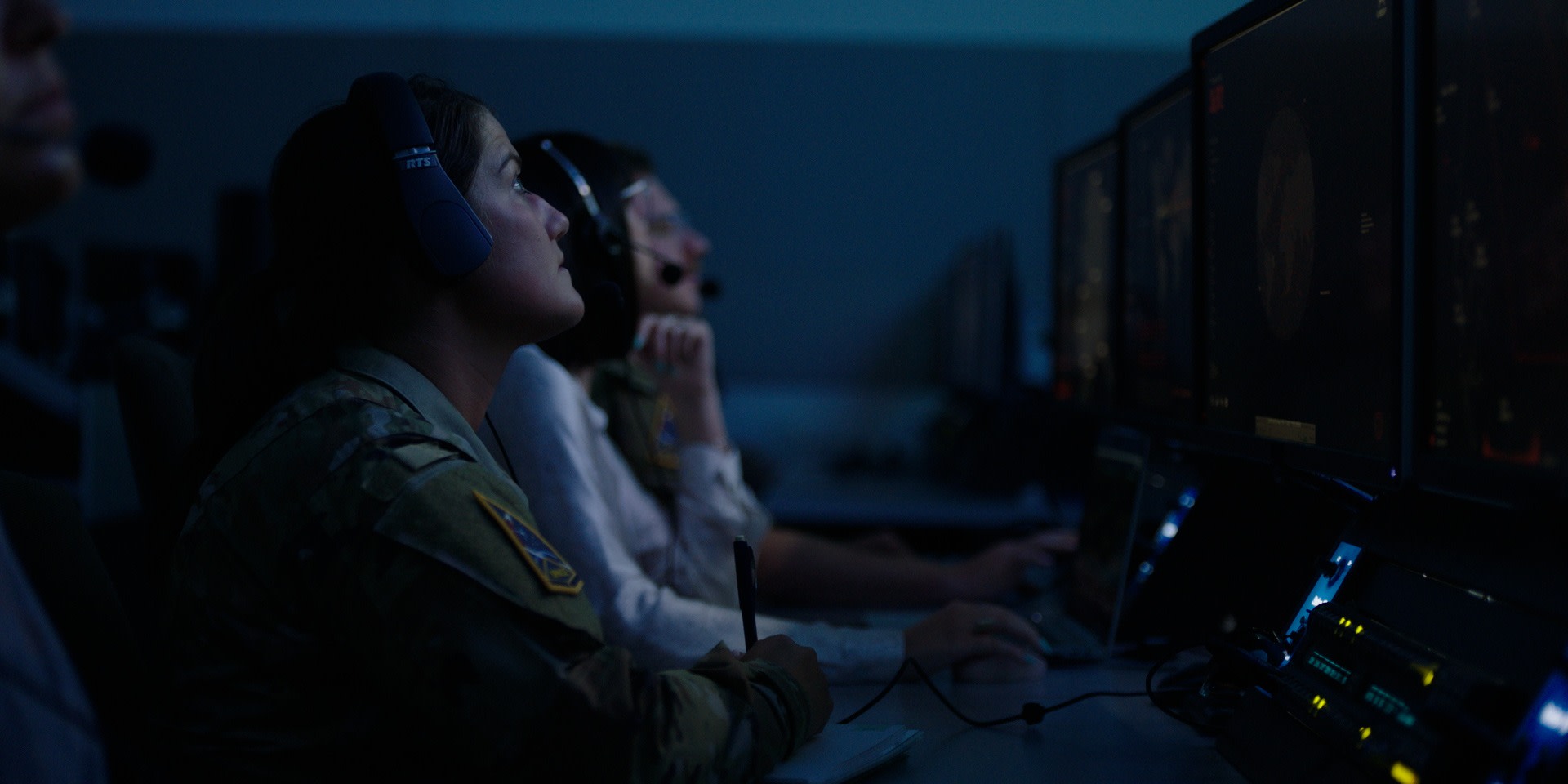
Supervises and develops intelligence to analyze targets, assess threats and achieve objectives.
